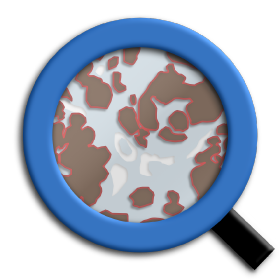
Introduction to Bioimage Analysis using QuPath
About
The Image Analysis Collaboratory and the Core for Imaging Technology & Education (formerly the Nikon Imaging Center) are running a workshop over two afternoons. The format will be a combination of tutorials and hands-on exercises.
QuPath is a user-friendly, cross-platform, open-source software designed for digital pathology and whole slide image analysis. Since its initial release in 2017, it has become an essential tool for researchers who analyze brightfield (H&E, H-DAB) and fluorescence images.
Participation will be limited to ~20 people.
Selection: Mostly based on your short motivation. In case of oversubscription, the available spaces will be distributed evenly between labs and departments.
Note: Participation to both days is required, if you can only make it one of the days, please apply for the next workshop.
Requirements
None, except a laptop with admin privileges and interest in learning some bioimage analysis. If you are already somewhat advanced (you code your own workflows), this level is perhaps not for you, though you might want to learn about QuPath specifically.
Scope
- Firts half-day:
- Introduction to digital image analysis, w. focus on bio-images
- Introduction to QuPath: general concepts (load an image, staining vectors, user-interface)
- Cell detection, features and cell classification
- Measurements export
- Second half-day:
- Cell classification (machine learning-based)
- Tissue detection
- Density maps and spatial measurements
- Advanced topics (scripts, batch process)
To stay updated with our upcoming workshops and seminars, subcribe to our email list.